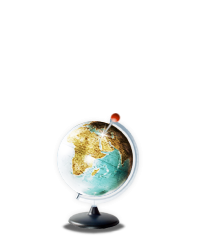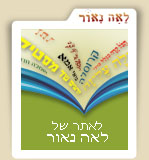Introduction to the Book "HABRICHA", by Ruth Kritchman and Miri Nehari, 2020
Habricha' - a cornerstone of the struggle for independence'
Dr. Mordecai Naor
The struggle for independence of the Jewish Yeshuv in Palestine and the Zionist movement included a number of elements, each of which made an important contribution, especially in the three years between the end of World War II and the establishment of the state
'Habricha' (the escape), together with the illegal immigration project, were initially seen as a project for the rescue of the Holocaust survivors in Europe, but over the months it became clear that each was an important element on its own in the struggle for independence. Moreover, the illegal immigration would not have been possible had it not been for the hundreds of thousands of 'escapees' who streamed into the ports of southern and eastren Eurupe, and who refused to remain in Europe where they had lost their families and would not immigrate to anywhere else except Palestine. The pressure of those hundreds of thousands, temporarily housed in refugee and D.P. camps in central Europe, together with the pressure of illegal immigrants who came forever closer to the shores of Palestine, led the UN Commission of Inquiry sent to Palestine (UNESCOP) in 1947 to combine the solution of the Palestine problem with the solution of the problem of the Jewish displaced persons in Europe
And so, with the cooperation of the partisans and ghetto fighters with the soldiers, and the Bricha emissaries from Eretz-Yisrael, a bridge was created upon which thousands and then hundreds of thousands passed. 'Aliyah Beth' emissaries navigated this huge project that had to overcome many extreme crises. This tremendous machine was helped by goodwill Jews, military officers and rabbis in the United States Army and representatives of the American Joint Distribution Committee who provided this large enterprise with budgets and much Jewish will and fraternity. Never, it seems, did the terms "all Israel are friends" and "all Israel are responsible for each other" have such great significance as during the years of the 'Bricha'
The thousands, and later tens of thousands, of fighters against the Nazis, partisans and ghetto survivors who came to Palestine in the years before the War of Independence and during its' course through the 'Bricha' and illegal immigration routes, were undoubtedly the "breaking ground" factor. Joining the fighters of the Jewish Yesuv during those most critical times of the War of Independence, thus assisting the young IDF to win the war. This contribution of Holocaust survivors has not yet been given the place they deserve in history, nor the honor and appreciation it is owed
The 'Bricha' album brings the contemporary reader back to this great drama – of its participants, of the children rescued from monasteries, of the organizers, commanders, soldiers, aides and assistants, of the ways and 'patents' the Jewish mind has invented to bring the remnants of the Holocaust to the homeland. Jewish fraternity spread across states and seas, with all the 'tribes' of the Jewish people of those days contributing to the success of this mighty enterprise




